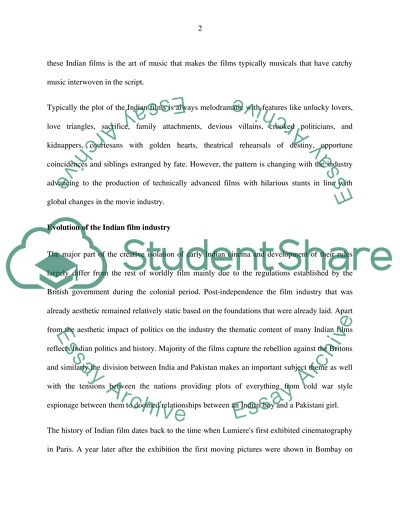Cite this document
(“Film, Fashion and Food in India Essay Example | Topics and Well Written Essays - 3250 words”, n.d.)
Retrieved from https://studentshare.org/history/1696215-film-fashion-and-food-in-india
Retrieved from https://studentshare.org/history/1696215-film-fashion-and-food-in-india
(Film, Fashion and Food in India Essay Example | Topics and Well Written Essays - 3250 Words)
https://studentshare.org/history/1696215-film-fashion-and-food-in-india.
https://studentshare.org/history/1696215-film-fashion-and-food-in-india.
“Film, Fashion and Food in India Essay Example | Topics and Well Written Essays - 3250 Words”, n.d. https://studentshare.org/history/1696215-film-fashion-and-food-in-india.


